It’s a Crime Not to Prime
Spring has sprung across North America. Those who suffered a harsh winter at the vindictive hands of Mother Nature are eager to respond with a giant middle finger in the form of fulminating V8s and shrieking high-performance rubber, all while hurtling sideways out of their garages and down their driveways screaming along with “Rock You Like A Hurricane” as it vociferates from their Harmon Kardon sound system which, obviously, is cranked to 11.
Surely you’re amped up to watch light bend in the blower; if anyone gets it, it’s me. I mean, I drove my Dodge Challenger SRT® Demon across Michigan on Christmas Day. But a few minutes of tender loving care to show your Challenger or Charger how much you love her will separate your Mopar® vehicle from the rest. Or, as SRT Powertrain’s Brad Opperman puts it, “Those with a modicum of mechanical sympathy will have a little extra spring in their step knowing they are the king of all.”
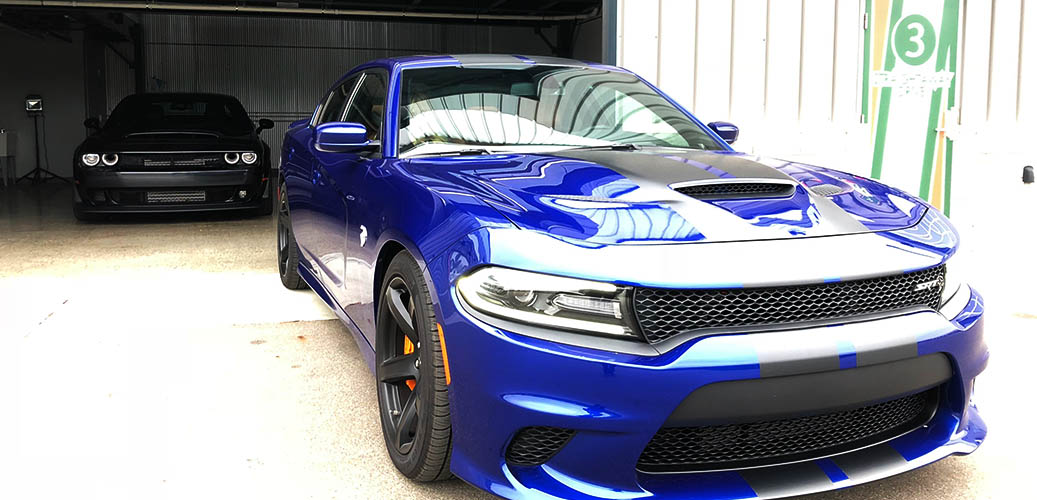
You can be the 1% of the 1%.
How? It’s Prime Time, baby, and we’re not talking about Neon Deion. We’re speaking about priming the engine after an extended slumber. Lubrication by way of oil is what keeps all the internal parts moving and grooving instead of grinding and binding. The oil pump pressurizes the motor’s oiling system and keeps the fluid moving. If your baby has been hibernating for a while, without a start, then the oil might gradually concede to gravity and slide down to low spots or into the oil pan. That leaves some high-stress surfaces that are metal on metal. When you go to start it up, there’s that moment where the engine is firing and spinning before the pump is able to push the oil everywhere it needs to be.
Now, there are different ways to prime all kinds of engines, but here we’re specifically talking about how to prime a late-model HEMI® engine, just how the engineers at SRT do it. Technology has actually made this super easy on most of these cars. As always, refer to your owner’s manual first. But SRT-powered cars have something called an “anti-flood” feature, which can be useful to our cause.
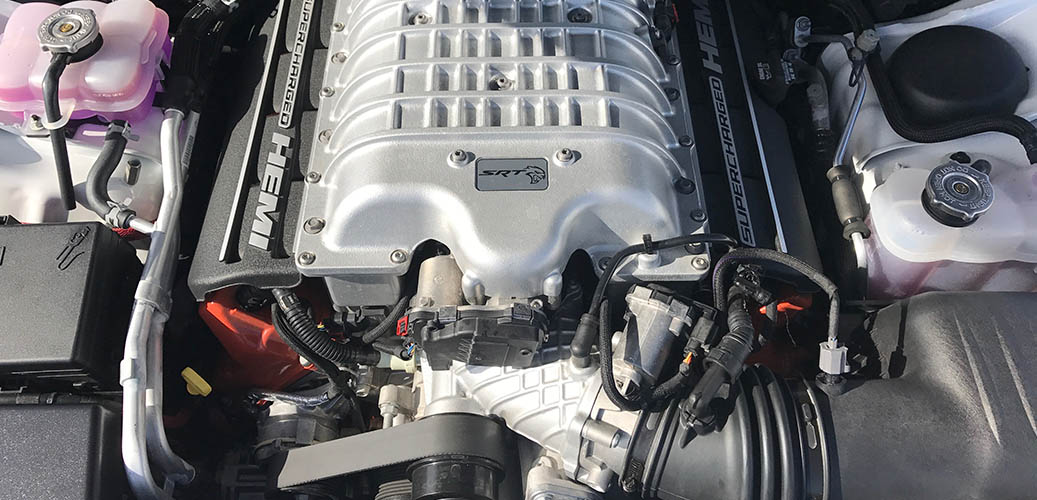
Back in the day, especially before fuel injection, it was pretty easy to flood an engine. Basically, if you had an issue with ignition, either due to a lack of spark or a super-rich air/fuel ratio, you’d foul the plugs or flood the combustion chamber with too much fuel and compound your problems.
On advanced fuel-injected motors, the computer can adjust on the fly, but the performance 6.4s and 6.2s have an additional guard against flooding the chambers upon startup. SRT’s Jim Wilder explained it to me this way: If you floor the gas pedal before turning over the engine, it will shut down the fuel injectors. Now, the big thing with priming the oil system is to get it pressurized without igniting fuel. So if you activate the anti-flood feature by pressing the accelerator all the way down, then press the start button, you’ll be able to crank the engine without ignition, allowing the oil pump a chance to re-pressurize and lubricate the system instead of risking dry friction damaging or excessively wearing the rotating assembly. And you should be able to observe the oil pressure building on the gauge cluster.
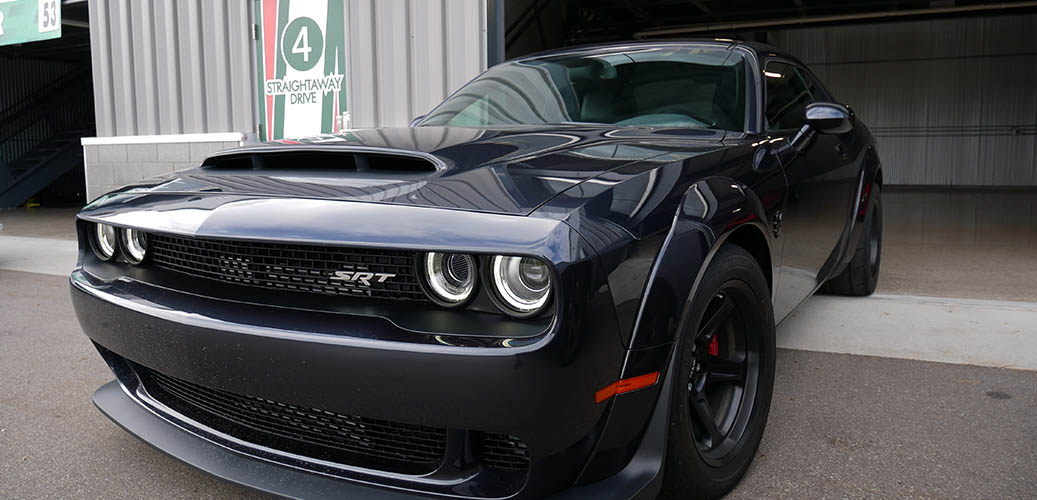
While that’s super easy, Wilder makes an additional suggestion, “Unplug the wiring connector on the (fuel) injectors.” It’s also not very difficult, doesn’t throw any codes and is kind of a double safety.
If, for whatever reason, you don’t see the anti-flood feature in your car’s manual or you just want another option, there is one more way. On the SRT Hellcats, Challenger SRT Demons and Challenger SRT Hellcat Redeyes, there are two fuel pumps feeding the supercharged 6.2L V8. In the trunk, you’ll find a fuse for each pump, #40 and #41 (on SRT’s naturally aspirated 6.4L, there’s one pump – it looks like its #21, but refer to your manual to make sure). If you pull the fuses, you will disable the pumps, which allows you to crank the engine without fuel pressure. Before you do that, again, you’ll want to unplug the fuel injectors. Despite taking the dual pumps out of the equation, there’s a real chance that some gasoline remains in the system. This could be enough to fire the engine for a split second. It wouldn’t be the end of the world, but you’ll probably have a few fault codes pop up. If this does happen, after you’re done, you can put the fuses in and unplug the battery for a few minutes to clear the codes. But if you’re going this far, you might as well commit. Disconnect the damn injectors.
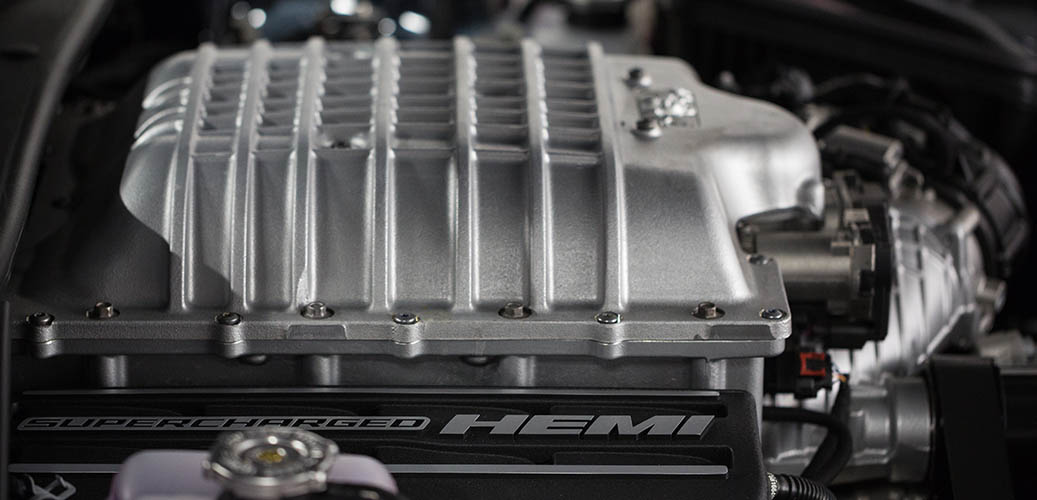
Once it’s primed, you can reconnect the injectors, lace up your Pilots, slide on those killer aviator shades, pull on a pair of black leather driving gloves and unleash holy hell upon God’s green earth with every bit of your HEMI engine’s 700+ horsepower.
Thanks to SRT’s Jim Wilder and Brad Opperman for helping me put this together!
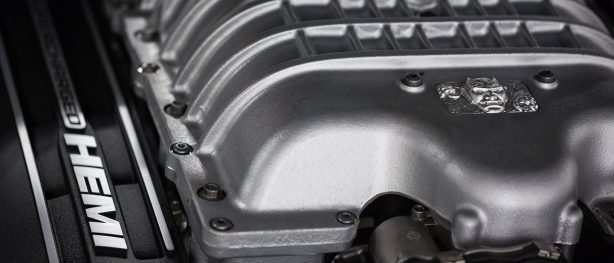
0 Comments